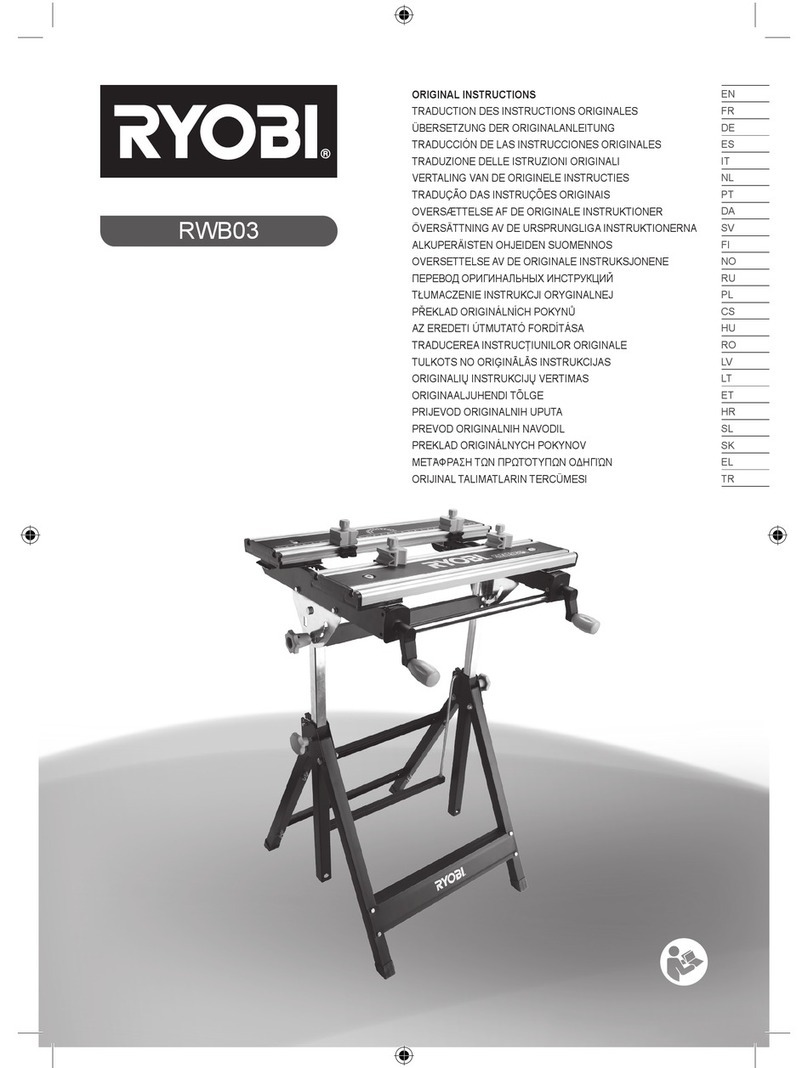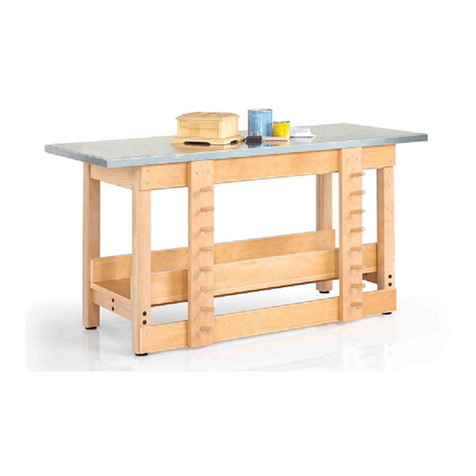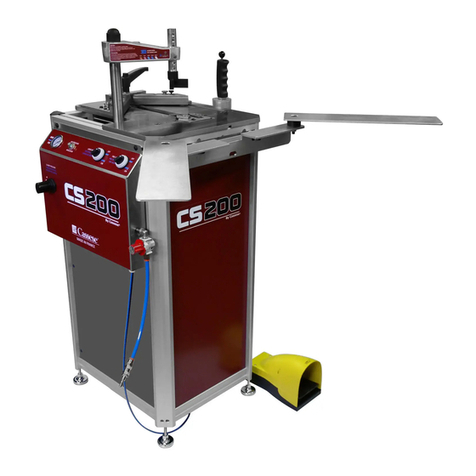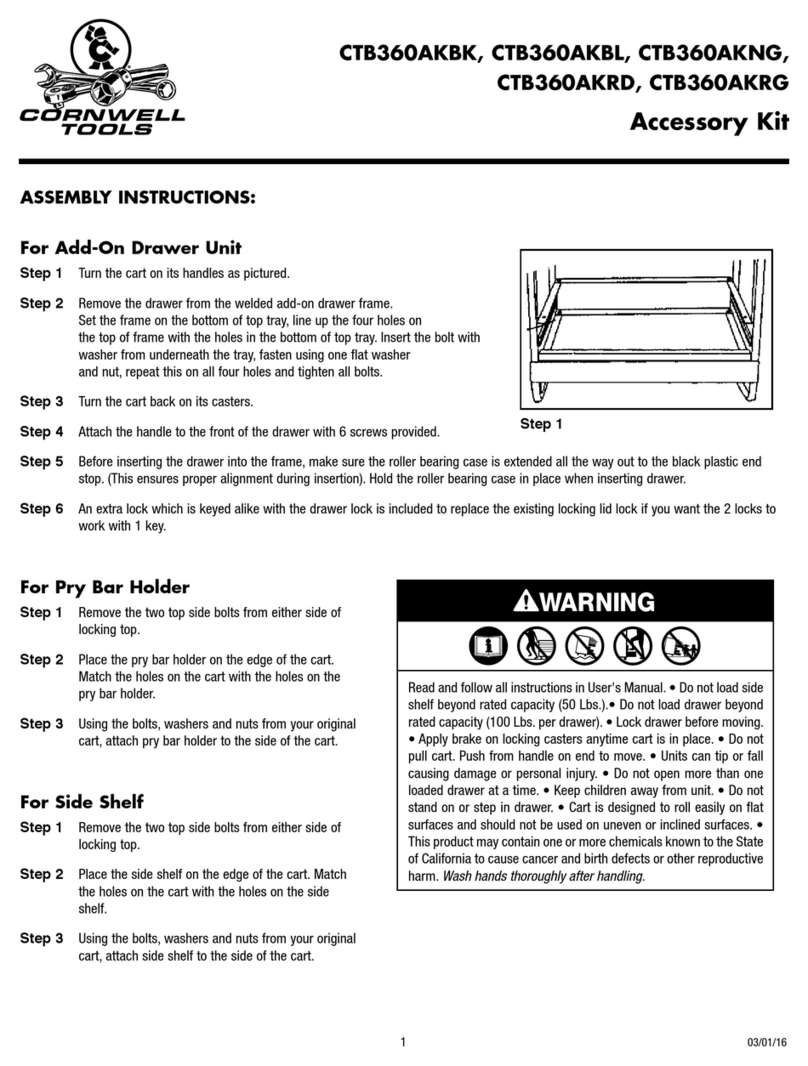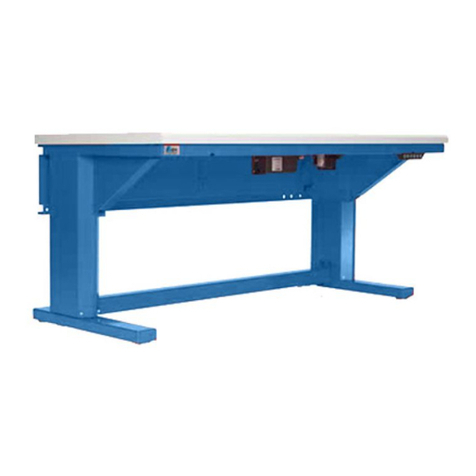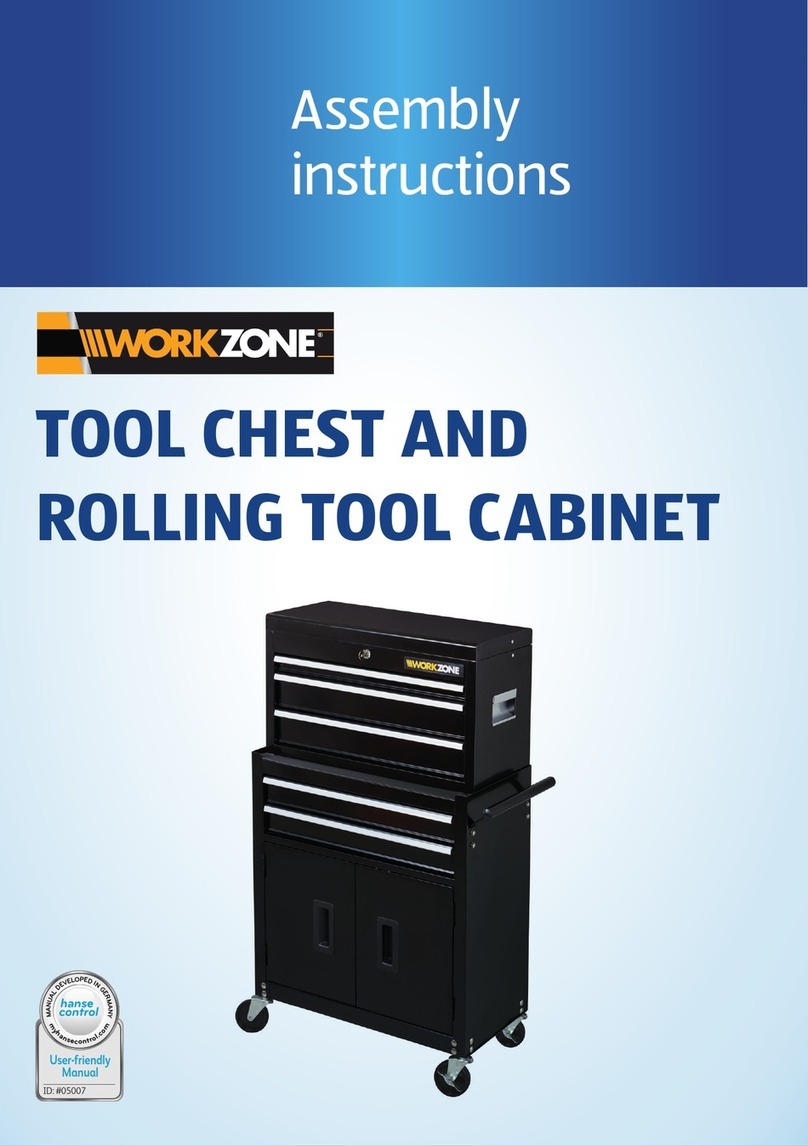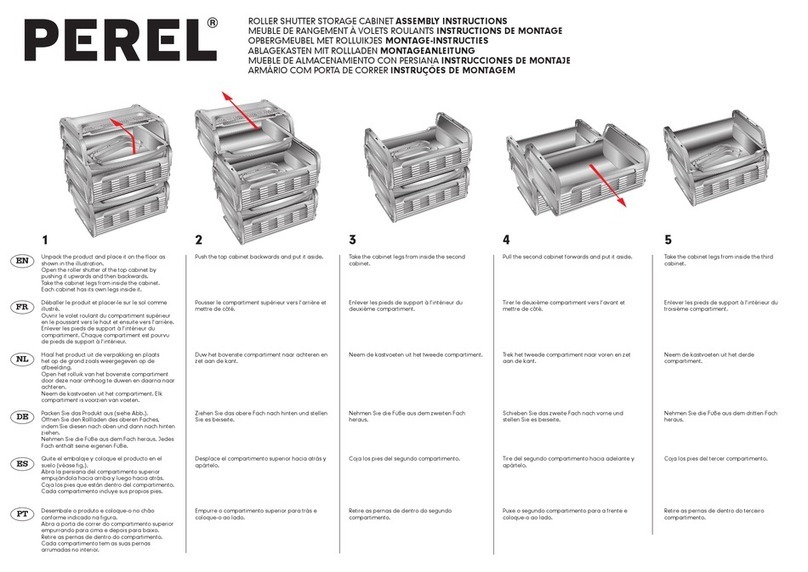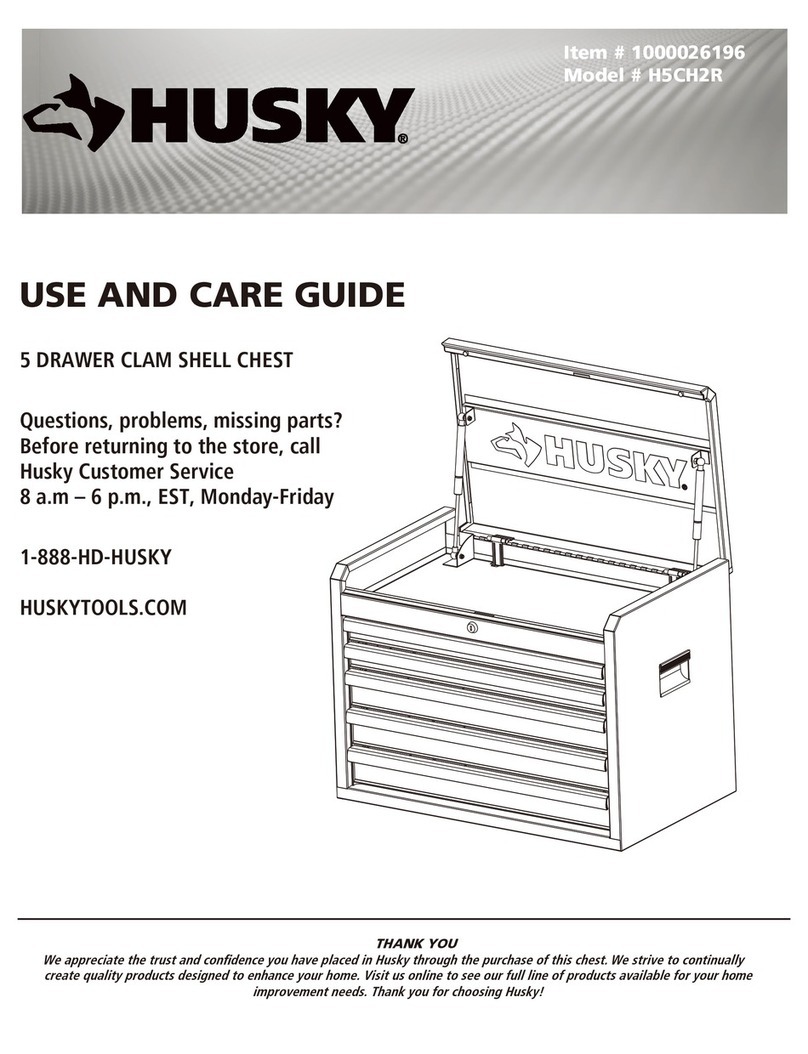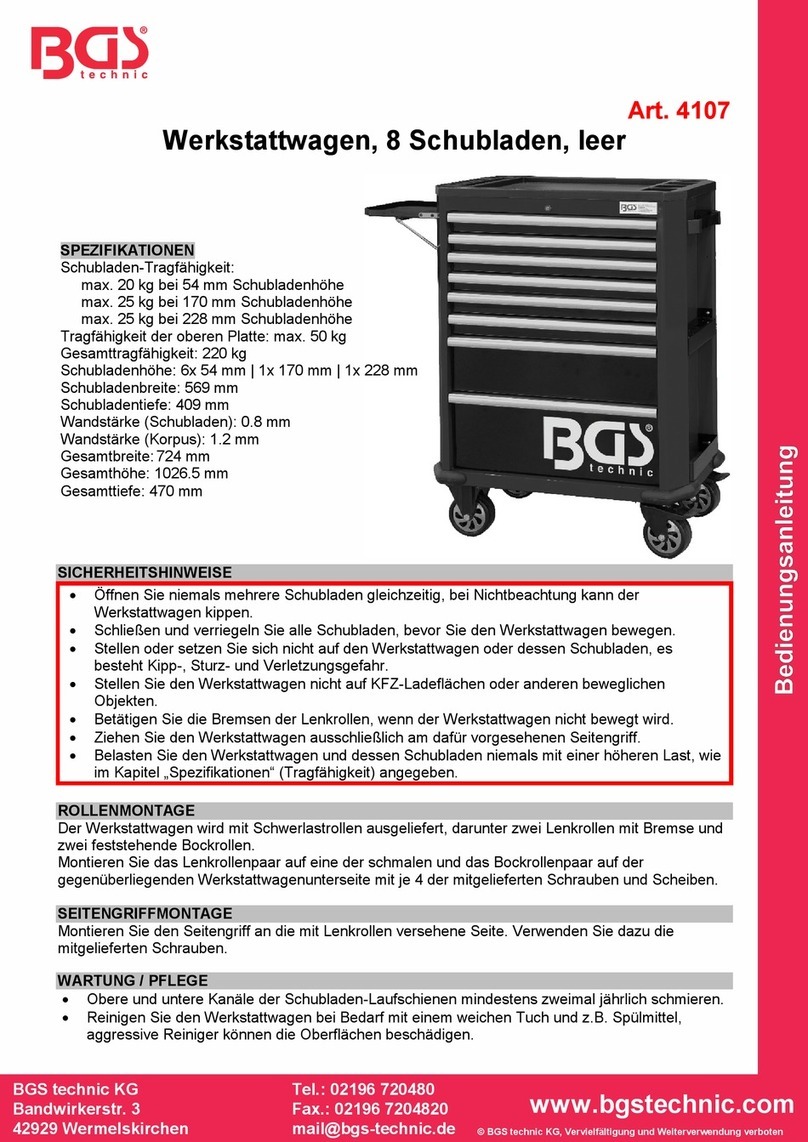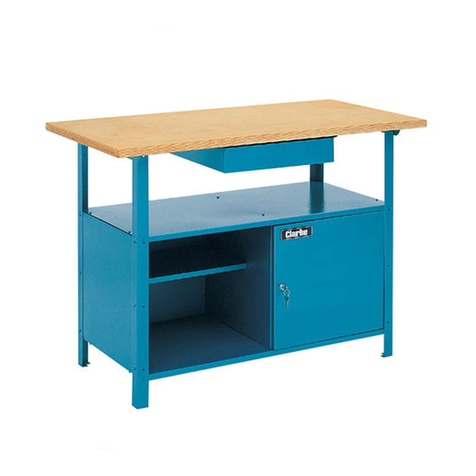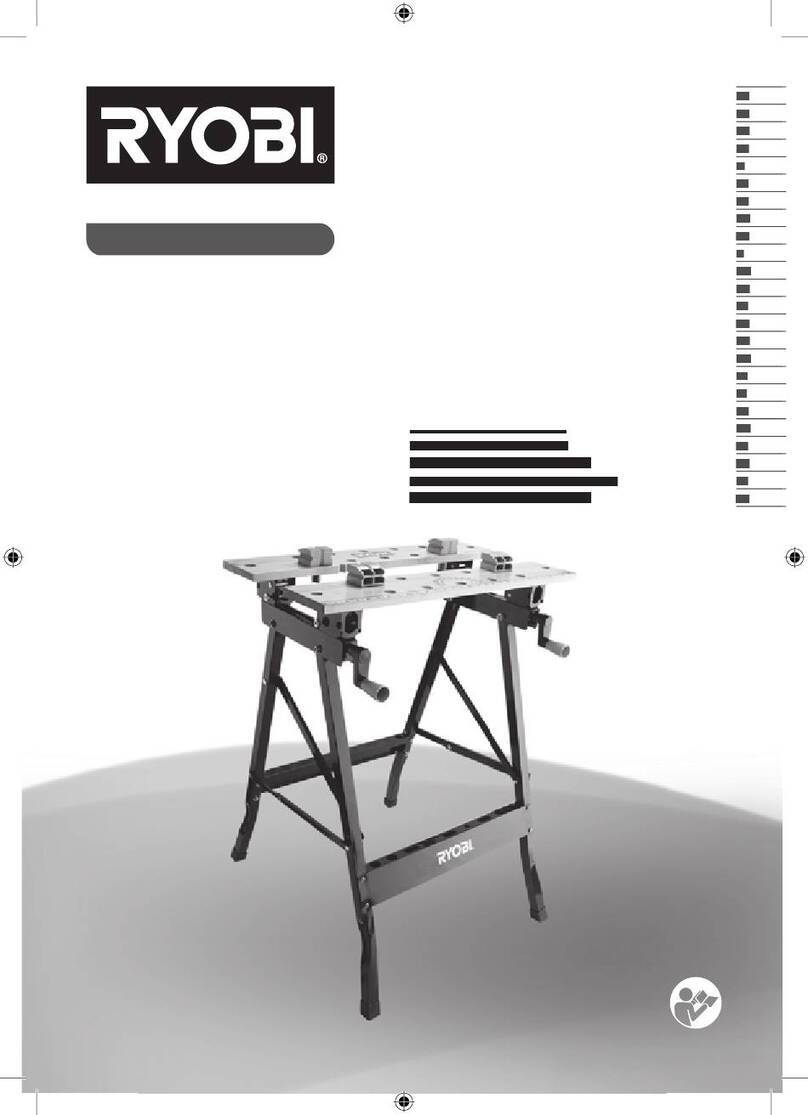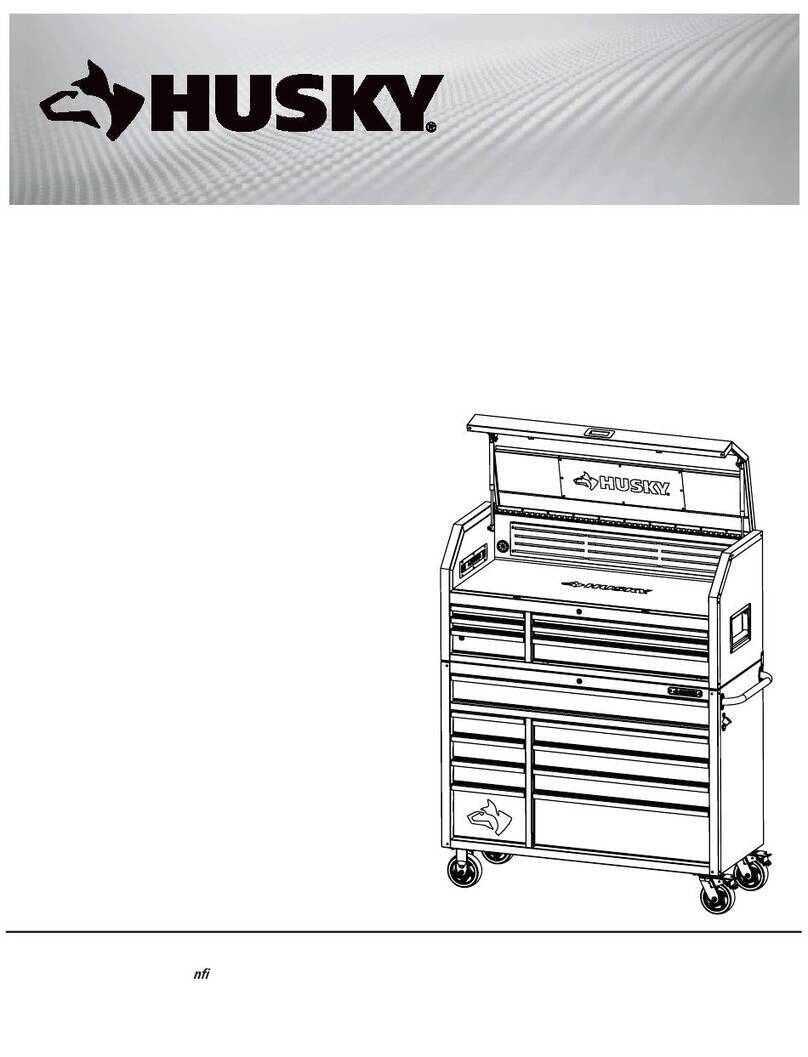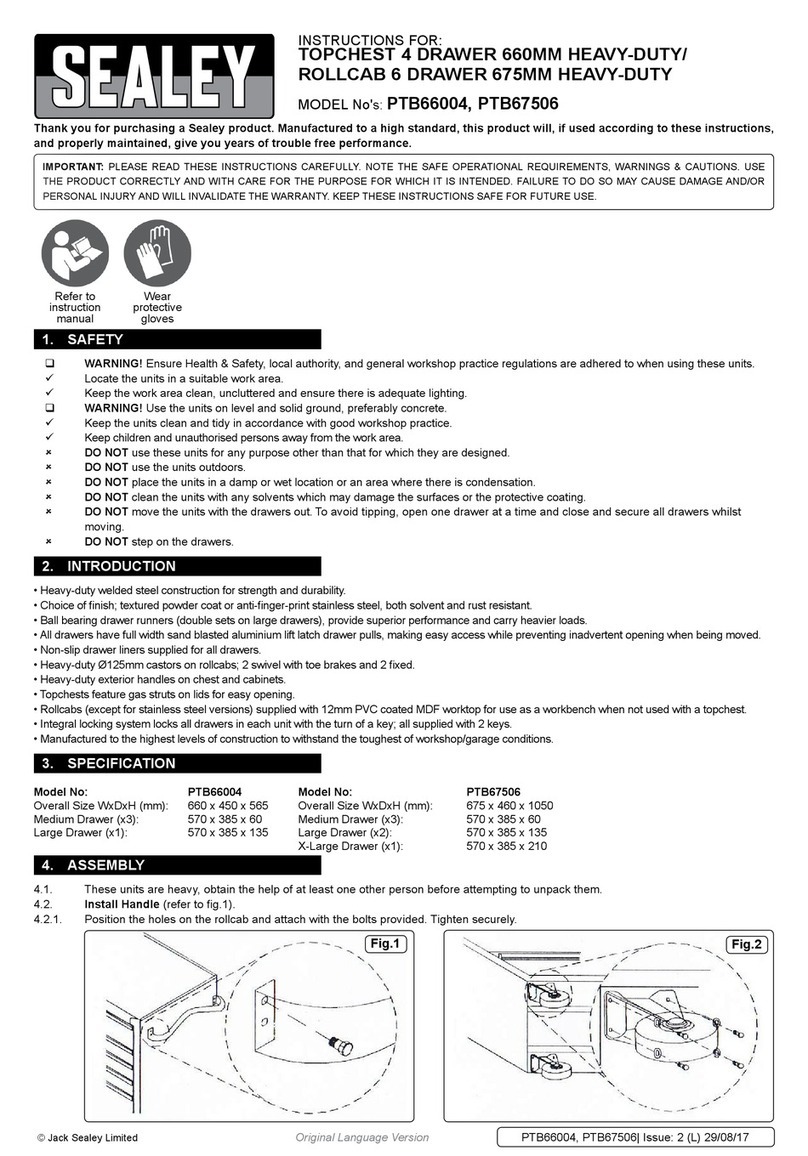
2
General Safety Instructions for Power Tools
Safety Signal Words
DANGER: means if the safety information
is not followed someone will be seriously
injured or killed.
WARNING: means if the safety informa-
tion is not followed someone could be
seriously injured or killed.
CAUTION: means if the safety informa-
tion is not followed someone may be
injured.
1. Know Your Power Tool
Read and understand the owner’s
manual and labels affixed to the tool.
Learn its application and limitations
as well as the specific potential haz-
ards peculiar to this tool.
2. Ground Your Tool
If your tool is equipped with an
approved 3-conductor cord and a 3-
prong grounding type plug to fit the
proper grounding type receptacle.
The green conductor in the cord is the
grounding wire. Never connect the
green wire to a live terminal.
3. Keep Guards In Place
In working order, and in proper
adjustment and alignment.
4. Remove Adjusting Keys And
Wrenches
Form habit of checking to see that
keys and adjusting wrenches are
removed from tool before turning it
on.
5. Keep Work Area Clean
Cluttered areas and benches invite
accidents. Floor must not be slippery
due to wax or sawdust.
6. To Reduce The Risk Of Dangerous
Environment
Don’t use power tools in damp or wet
locations or expose them to rain.
Keep work area well lit. Provide ade-
quate surrounding work space.
7. Keep Children Away
All visitors should be kept a safe dis-
tance from work area.
8. Make Workshop Child-proof
With padlocks, master switches, or by
removing starter keys.
9. Don’t Force Tool
It will do the job better and safer at
the rate for which it was designed.
10. Use Right Tool
Don’t force tool or attachment to do a
job it was not designed for.
11. Wear Proper Apparel
No loose clothing, gloves, neckties or
jewelry (rings, wristwatches), to get
caught in moving parts. NON-SLIP
footwear is recommended. Wear pro-
tective hair covering to contain long
hair. Roll long sleeves above the
elbow.
12. Use Safety Goggles (Head Protec-
tions)
The operation of any power tool can
result in foreign objects being blown
into the eyes, which can result in
severe eye damage. Always wear
safety goggles, not glasses, comply-
ing with ANSI Z87.1 (or in Canada
CSA Z94.3-99) shown on package.
Everyday eyeglasses only have
impact resistant lenses. They are
NOT safety glasses. Safety Goggles
are available at many local retail
stores. Glasses or goggles not in
compliance with ANSI or CSA could
seriously hurt you when they break.
Also,usefaceordustmaskifcutting
operation is dusty, and ear protectors
(plugs or muffs) during extended peri-
ods of operation.
13. Secure Work
Use clamps or a vise to hold work
when practical. It’s safer than using
your hand, frees both hands to oper-
ate tool.
